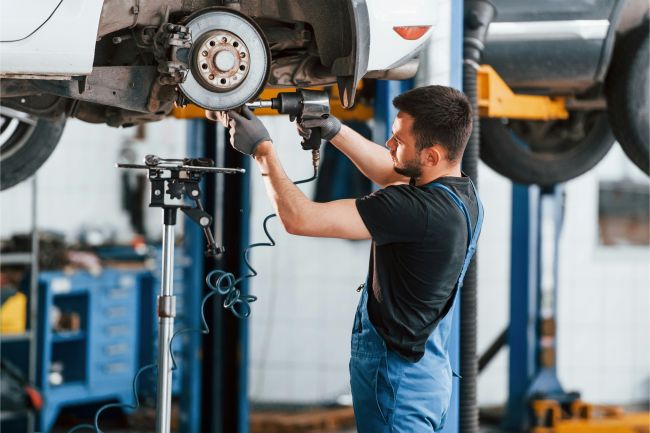It's not (just) about the numbers
Fare policy development is complex.

Fare policy development is complex. Whether an agency is exploring setting new prices, changing its product or concession offering, or implementing innovative new policies (such as time of day pricing or loyalty programs), making the case for change will require significant technical analysis alongside engagement with stakeholders, policymakers and decision-makers.
A balanced approach combining both a strategic and an engagement focus with robust technical analysis can manage the complexity of fare change. However, in many cases the approach may be unbalanced and put undue focus on technical analysis without developing supporting decision- making and engagement channels to identify, evaluate, select, and deliver a new fare policy.
When the approach is unbalanced, the policy development process may over rely on models with a goal to identify optimum price points of pricing tools (example: pricing by zone or pricing by distance) without establishing a strong policy base and decision-making process with sufficient buy-in to advance solutions identified through modeling. In these cases, a promising fare policy may never be implemented, even if it has a positive benefit to the region, because it was developed without considering the broader decision-making or governance context.
Promising practices to rebalance analysis go beyond focusing on ‘just the numbers’ and positioning them as part of, not a replacement for, decision-making and policy development include:
- Focus on a clear, well-understood, problem or opportunity. Bringing a clear problem can help ‘break the back’ of fare policy change and focus efforts on specific issues to maximize benefits for the region.
- Set out a core project sponsor who is responsible for guiding the strategy development process. The sponsor is responsible for ensuring the project progresses and solutions that are selected solve the original problem or opportunity that a fare change seeks to address.
- Set out clear decision-making criteria. Determine the level of evidence required to make decisions and develop appropriate tools to generate evidence. For example, the evidence to reprice fares may be different from the evidence required to give decision-makers confidence in a larger rework of a fare system.
- Use business cases to manage complexity. Business cases can be used to clarify trade-offs of alternatives and communicate the benefits of change. They do not seek to reduce the complexity, but equip decision-makers with the tools to manage it.
- Revisit the big picture. Fare changes will impact all existing and planned projects. Identify other regional projects and priorities that will either influence fare strategy development or be influenced by fare strategy development in order to strengthen the case for change.
- Break the inertia through effective collaboration. Fare change can face significant inertia, but if overcome, fare changes can also have significant benefits to the region, customers, and operators. Focusing on these diverse benefits can be an effective platform for collaboration.
Steer has worked with multiple North American and international agencies on fare projects where these practices have been applied, refined, and customized to local issues to support robust policy development. While each context is unique, and fare changes will always carry a degree of complexity, these practices can support agencies and service providers in navigating the complexity towards successful changes.






















